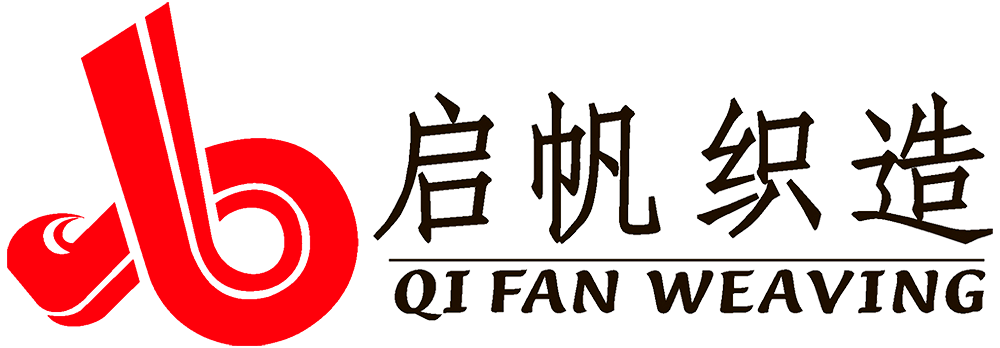29
2025
-
10
Uses of webbing
Author:

Webbing has a wide range of applications, primarily due to the following characteristics:
High intensity: Especially synthetic fiber ribbons such as nylon and polyester.
Lightweight and flexible: Easy to process, sew, and store.
Durable and wear-resistant: Long service life.
Highly designable: It can be dyed in various colors, printed with patterns, and enhanced with features like reflectivity and fluorescence.
High cost-effectiveness: Mass production has relatively low costs.
Webbing is a flat or tubular textile material that, thanks to its strength, flexibility, and high design versatility, finds extremely wide applications in modern production and daily life. In fact, it can be said to be everywhere.
Here are the main applications of ribbons, categorized into several broad types for clarification:
1. Apparel and Footwear Accessories
This is one of the most basic and common uses of webbing.
Underwear and swimwear: The base tape, used as a shoulder strap, side strap, or adjustment buckle, must be elastic and provide a comfortable feel.
Clothing: Used as windproof cords and waist ties for trench coats and down jackets; decorative belts for dresses; identification straps for workwear, and more.
Footwear and hats: Used as shoelaces and reinforcement straps for sneakers; adjustment and brim straps for hats; as well as handles and shoulder straps for backpacks (overlapping with luggage applications).
2. Luggage and Backpacks
Webbing is the core material in luggage and bag manufacturing.
Shoulder strap and handle: High-strength polyester and nylon webbing is required, often paired with padding to enhance comfort.
Tightening straps and compression bands: Used to securely fasten items on the outside of backpacks, such as various straps on climbing bags.
Decorations and Signage: The ribbon printed with the brand logo serves both as a promotional tool and a decorative element.
3. Outdoor Sports and Equipment
These applications place extremely high demands on the strength, abrasion resistance, and weatherability of ribbons.
Mountain Climbing and Rock Climbing: Used for making Seat belts, webbing slings, rope ladders Essential safety equipment such as these webbing must meet stringent international safety standards (e.g., UIAA, CE certification).
Tents and canopies: As a fixed guyline, a reinforcing band at stress points, and a skeleton sleeve for the tent.
Sleeping bags and moisture-proof mats: Used as tightening straps and binding belts.
Traction belt: Such as pet leashes or pull straps for water sports like wakeboarding.
4. Safety Protection and Lifesaving
This is a high-value application area for webbing, directly related to the safety of lives and property.
High-altitude work safety harness: Full-body safety harnesses used in industries such as construction, electricity, and telecommunications have a core made of high-strength webbing.
Rescue equipment: Stretchers, rescue slings, rescue triangles, tow straps, and more—used by fire and rescue teams.
Car seat belts: This is the most typical safety webbing, specially woven and treated to deliver exceptional strength and energy-absorbing capabilities.
Fire hose: The internal reinforcement layer is typically woven from high-strength webbing to withstand tremendous water pressure.
5. Military and Tactical Equipment
Military and police tactical gear has specific performance requirements for webbing.
Tactical vests and gear: Designed for crafting MOLLE (Modular Lightweight Load-carrying Equipment) systems, allowing convenient attachment of various tactical gear.
Gun strap: A sling designed for carrying firearms.
Luggage identification tags: Used for quickly identifying and handling military supply crates.

6. Home Decor and Everyday Essentials
Ribbons add both functionality and beauty to home life.
Furniture: Decorative trim for sofas and chairs, pull straps for cushions, and load-bearing straps for hammocks.
Household items: Clotheslines, handles for storage boxes, and curtain tiebacks.
Handcrafted items: Commonly used in DIY crafts, such as making hair accessories, phone straps, decorative items, and more.
7. Industry and Agriculture
In industrial and agricultural production, ribbons are widely used as functional materials.
Binding and Securing: Polyester and polypropylene webbing are widely used as strapping and binding tapes for securing cargo.
Conveyor belt: Some lightweight conveyor equipment's drive belts are made from webbing.
Agricultural supplies: Such as conveyor belts for harvesters, crop-binding straps, and more.
8. Automotive Industry
Besides seat belts, webbing has other uses in automobiles.
Cargo Securing Net: The trunk features an elastic mesh designed to secure miscellaneous items.
Seat adjustment strap: Some seat adjustment mechanisms use webbing.
Summary
In short, from the clothes we wear daily and the bags we carry, to the seat belts that safeguard our lives, and even the gear for outdoor adventures, webbing has seamlessly integrated into every aspect of modern life—in a way that is both subtle yet indispensable.
Previous Page
Previous Page
Related News
undefined






